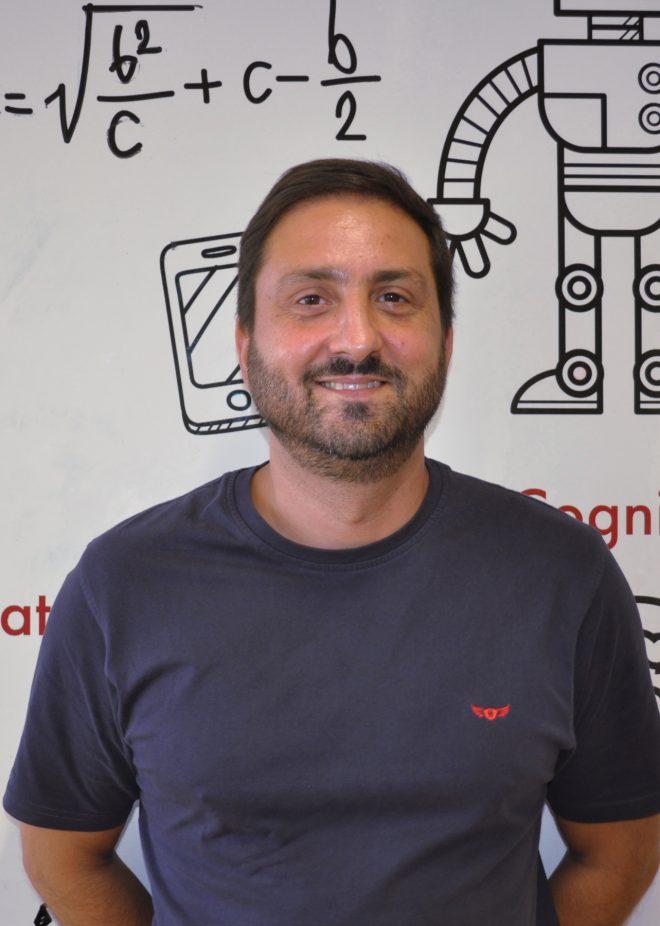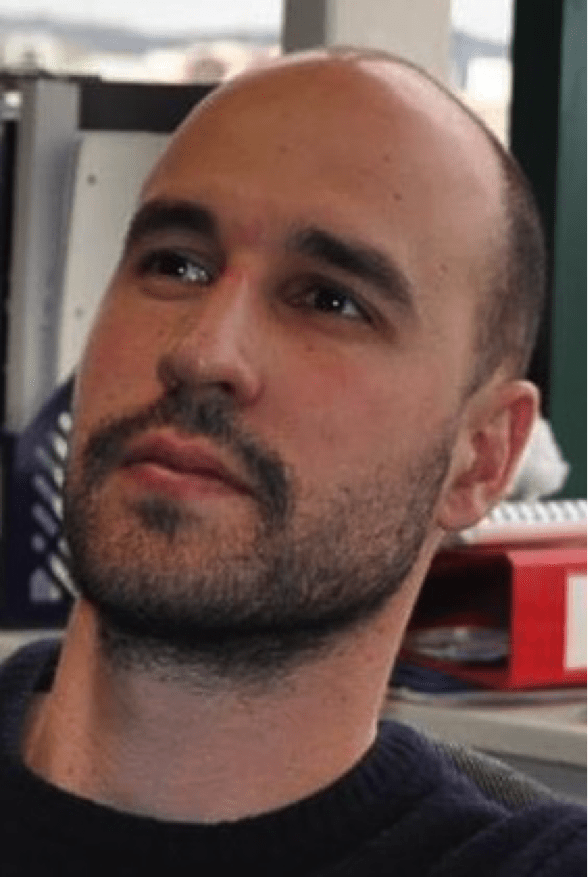| Acronym | RoboSoM |
|---|---|
| Name | A Robotic Sense of Movement |
| Funding Reference | EU-FP7-ICT-248366 |
| Dates | 2009-12|2013-05 |
| Summary | The objective of the project is to investigate new approaches to the design and development of humanoid robots with advanced perception and action capabilities, showing robust, adaptive, predictive and effective behaviour in the real world. The proposed new approaches are strongly based on the concept of human sense of movement by Alain Berthoz, a key partner in this proposal. There are two main ideas related to this concept, which are relevant to robotics: 1) the vestibular unified reference frame, as set by the vestibular system in the centre of the head; 2) Expected Perception (EP), or the capability to make predictions of consequences of actions, which is at the basis of the human predictive behaviour. The expected robot behaviour is the capability to follow a visual target by coordinating eye, head, and leg movements, with head stabilization, walking smoothly and effectively in an unstructured environment, with a robust reactive behaviour, improved by predictions. This behaviour is a fundamental, but quite novel, capability for humanoid robots, and it may result in a truly robust and effective behaviour in many helpful tasks in real-world scenarios. |
| Research Groups |
Computer and Robot Vision Lab (VisLab) |
| Project Partners | SSSA - Scuola Superiore Sant’Anna, Pisa (IT), CNRS - Centre National de la Recherche Scientifique (FR), Instituto Superior Técnico (PT), WUT - Waseda University (JP) |
| ISR/IST Responsible | |
| People |




